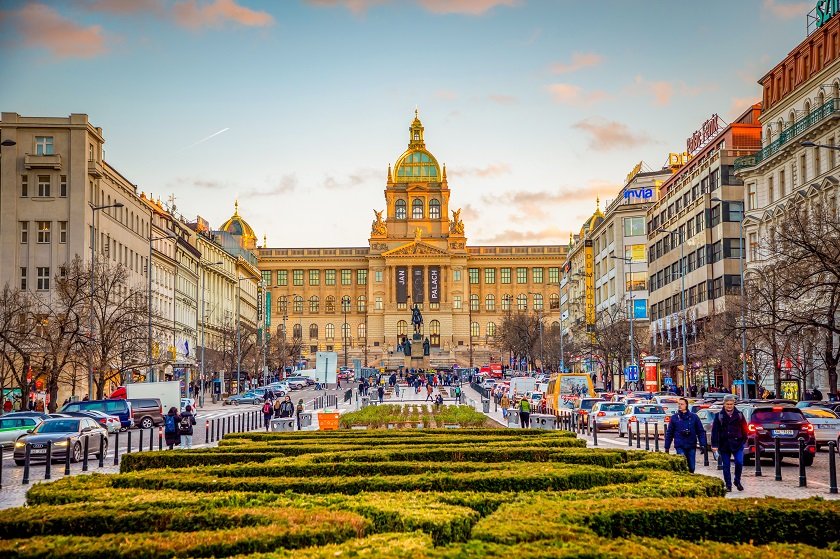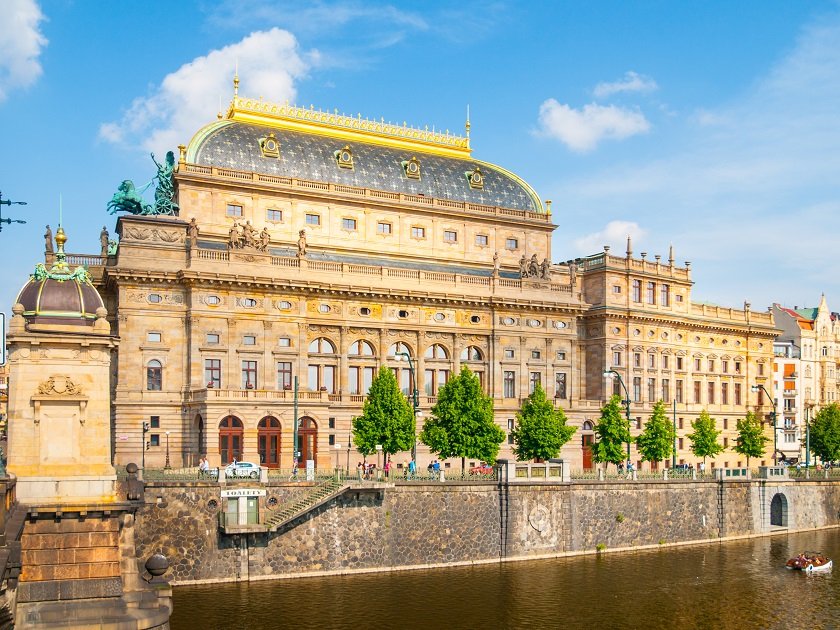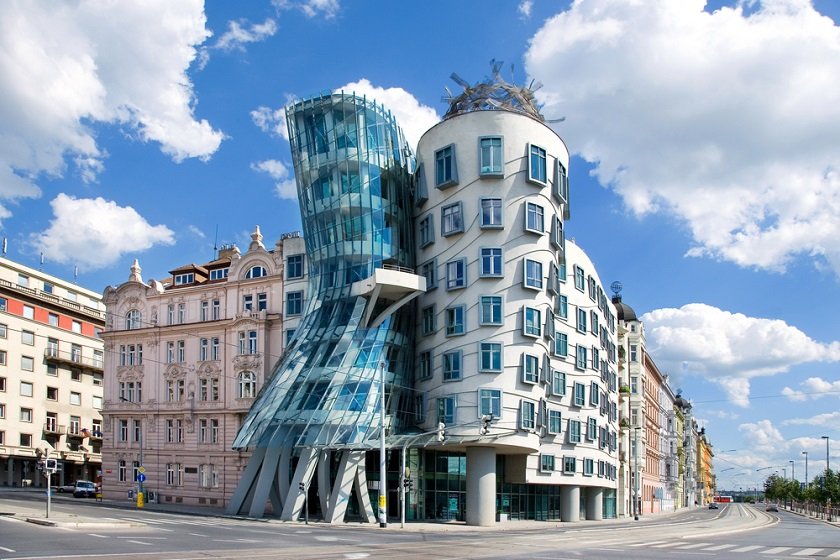Prague New Town
At present, the New Town of Prague is part of the city district of Prague 2, as well as a beautiful and historically exceptional city district, which at the time was one of the most modern cities in all of Europe.
Information for visitors
Interesting facts Prague New Town
History of the New Town of Prague
On March 8, 1348, Charles IV. the charter of the New Town of Prague was issued. The foundation stone was laid only a few days later, which resulted in the establishment of a completely new town, following the three previous ones, which bore the names Menší, Staré and Hradčany. At that time, Prague had a population of 70,000 and an area of 360 ha, making it the third largest imperial city.
The New Town was connected to the Old Town and thus connected two royal castles, the Castle of St. Václav and Vyšehrad. The connection to the Old Town was made sensitively, the streets of the New Town were connected to those in the Old Town, and the same was true of the gates. The border of both cities at that time was formed by the streets of 28 October, Národní třída, Revoluční třída and Na Příkopě.
At that time, the inhabitants of Nové Město received the plots free of charge, provided that they built a brick or stone house within 18 months. The town hall was located on the Cattle Market until the end of the 14th century. The main axis of Nové Město was formed by the Horse Market, the two side axes were dominated by the Cattle Market and the Hay Market. In the years 1348 to 1350, walls were built, which stretched from Vyšehrad to Karlov and from there to the Vltava islands. The church of St. Stephen, St. Henry, a Carmelite monastery was founded at the Virgin Mary of the Snows, Na Slovanech and Karlov monasteries.
Monuments and interesting places
Charles IV. he thought about building the New Town of Prague down to the smallest detail. The rules for the new development were precisely determined, the new houses of the builders had to be made of stone or brick, only one-storey, with the exception of, of course, church buildings and some secular buildings.
The concept of Heavenly Jerusalem, which was observed during the construction of the New City of Prague, is remarkable. Its vertical line is the church of St. Catherine, the Church of Our Lady of Na Slupi and the Basilica of St. Peter and Paul in Vyšehrad. Na Slovanech Monastery, the Church of the Virgin Mary and the Church of St. Charlemagne in Charles then forms the transverse arm of the imaginary cross. Right in the middle is the church of St. Apolináře.
In the New Town of Prague we can also find the National Theater, the National Museum, the New Town Hall and the Dancing House.
Author: Andrea Štyndlová





